Choosing a mop with a mop
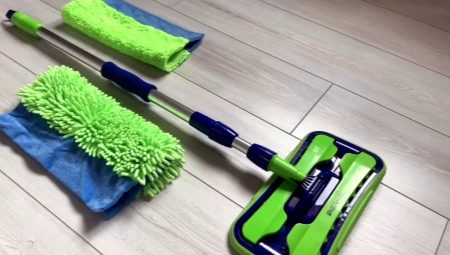
Wet cleaning allows you to maintain cleanliness in any home, and, moreover, it is the key to the health of its inhabitants. Everyone understands this well, nevertheless, few people like to clean the floors - the main reason is inconvenient equipment. However, the creators of household goods have long offered an ergonomic and functional alternative to floor rags. Let's dwell on the description of mops, their varieties and advantages.
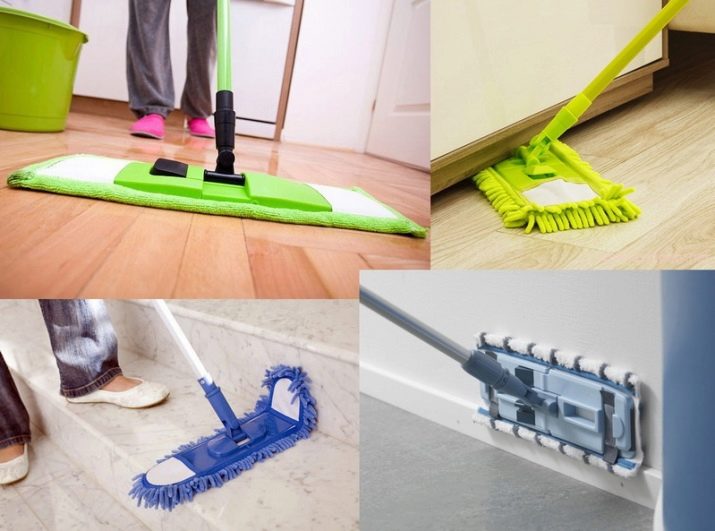
What is a mop?
At its core, a mop is a modified damp cloth for cleaning the floor. Our mothers and grandmothers used all kinds of rags for this purpose - unnecessary clothes, worn-out sheets and old towels. Less commonly, special floor rags made of cotton or microfiber were used.
However, all these accessories are not so easy to use. Such rags slide off the mop all the time, besides, they do not absorb moisture well and sometimes leave dirty stains on the surface. An alternative to them was a mop - a rag of a special design, its working base consists of many thick fibers of twisted threads or a modern canvas with high performance characteristics.

The use of mops has many advantages over traditional cleaning equipment, namely:
- improves the quality of surface cleaning;
- reduces cleaning time;
- reduces the consumption of household detergents;
- has resistance to abrasion - the service life of such products is 2-3 months;
- effectively collects dirt in hard-to-reach areas, corners, baseboards, and is also used to wash steps, walls and ceilings;
- mops with mops provide for a remote spin, so your hands remain dry and clean;
- the design allows for spray cleaning.
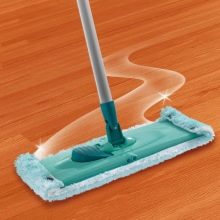
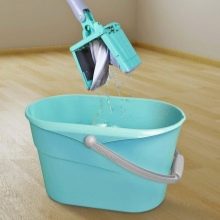
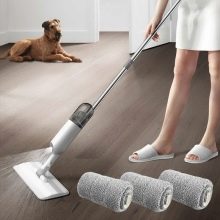
However, there are also disadvantages. The cost of a mop is higher than a traditional mop. However, given the durability and functionality of the structure, these costs will more than pay off.
Overview of mop models
Mops are widely used in everyday life. They are no less in demand by professional cleaners. There are several types of such inventory.

With flat nozzle
Flat mops are available in metal or plastic. The handle, as a rule, is telescopic with a European handle, so it can be lengthened and adjusted to the user's height. The shape of the work surface can be triangular, trapezoidal or rectangular. The size is usually 40x15 or 46x16 cm. The mop is attached to the flounder with belts, pockets, threaded or tape connections.
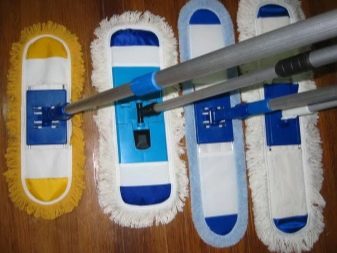
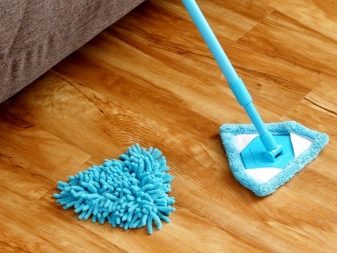
The most popular is the microfiber flat mop. This is a canvas consisting of synthetic fibers that are not prone to shedding. During the manufacturing process, each thread is split and thereby give the material a special hygroscopicity. Due to this property, the cleaning surface retains a large amount of moisture, which allows the person doing the cleaning to quickly and without streaks process a large area of the floor surface. In addition, microfiber fibers have a positive ionic charge, thereby attracting dust. Thus, during cleaning, dirt and dust particles are attracted to the mop, and not redistributed over the surface.

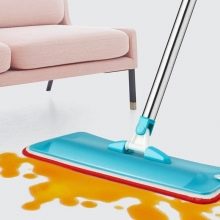
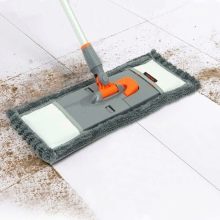
With combination nozzle
The texture of the nozzles is heterogeneous, the size of the villi, thickness and performance characteristics vary. That is why manufacturers often combine materials to achieve maximum effect. For example, use rubberized elements, thanks to which the mop quickly removes even very strong dirt, and add acrylic fibers to them, which attract dust particles.
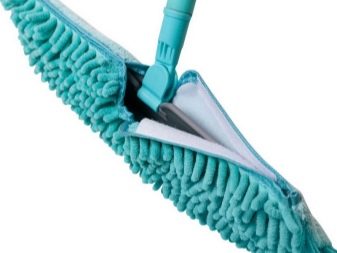
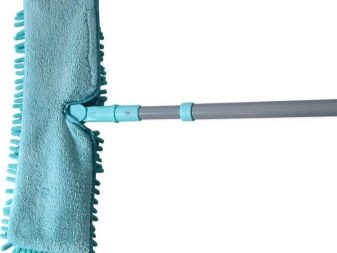
With a wringer for washing the floor
A wring mop looks like a foam roller fixed to a sturdy handle, usually with a raised surface. The base of such a mop can be plastic or metal. All excess liquid from the sponge is removed using the built-in squeezing mechanism. The principle of its operation is simple - a handle is placed at the bottom of the mop, and when it is lifted, it activates a pair of slats. Starting the movement, they grip the roller along the entire length and squeeze the liquid out of it.
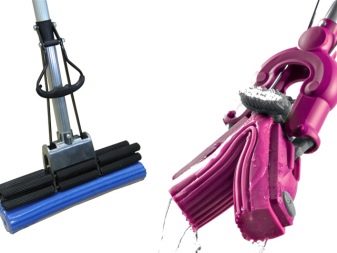
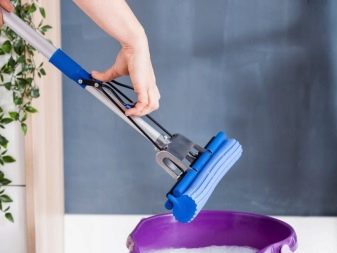
Thus, while washing the floors, hands do not come into contact with dirty water and remain dry and clean. And the process of cleaning the premises itself is much easier. This model is widely demanded in the professional field.
"Kentucky"
Kentucky mops are often used in professional cleaning. This is a kind of rope cleaning surface. It is a special version of the inventory with a clip that allows you to fix a removable mop.
"Kentucky" is a kind of symbiosis of the classic mop, with which everyone is familiar from the distant childhood, and progressive technologies. To achieve maximum functionality, the creators of the inventory have combined stainless aluminum and plastic. Aluminum is resistant to corrosion - it is the optimal material for inventory, which, due to its functionality, is in contact with a humid environment. In addition, aluminum is lightweight - no more than 2 kg; for a comfortable grip, plastic inserts are provided on the handle.
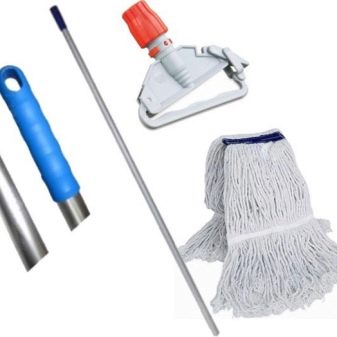
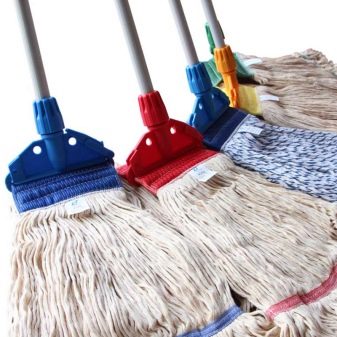
The ability to replace mops allows Kentucky to easily cope with cleaning all types of floor surfaces, cleaning windows and walls. The device can even be used to wash the ceiling. Thus, the user will be spared the need to buy additional inventory.
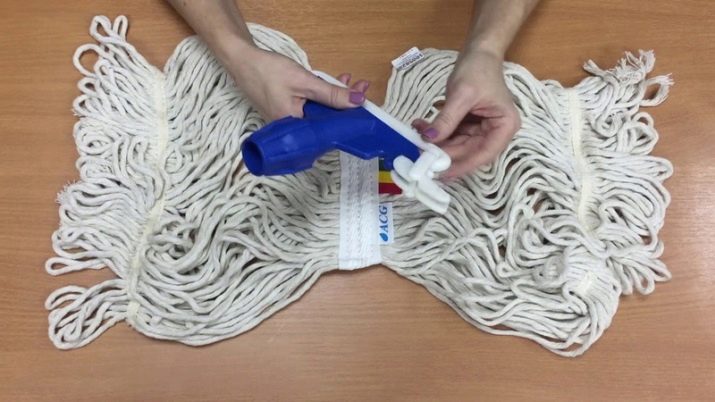
The advantage of "Kentucky" is also that it is very convenient to wash and change the mop - this is especially important when it is necessary to process large spaces when the mop is used in intensive mode.
Tufting
The most widespread is the loopback mop. The base contains many twisted fiber loops that are made of cotton. Such material does not accumulate static electricity, while absorbing large volumes of liquid water and efficiently collects all mud masses without leaving streaks. It can be washed in a regular machine at temperatures up to 40 degrees. Such a cleaning surface contains loops of twisted ropes, the length of which reaches 37 cm.The mass of such a base is 300-400 g.

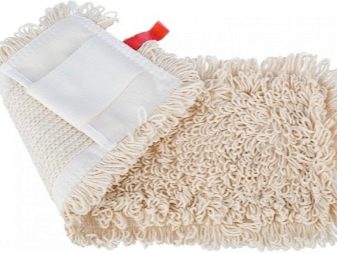
On buttons
Button mops became popular. In this case, the washing surfaces are fixed on the base using stainless steel buttons. They can be made of aluminum or plastic. Such products have a large margin of safety. Typically, alternating rows of abrasive particles are assumed to significantly improve the overall performance of the mop.

How to choose?
When choosing a mop, one should proceed from the peculiarities of the operation of the inventory. So, for a whole group of premises (hospitals, schools, kindergartens), strict requirements for the quality of cleaning are established. They are reflected in the labeling:
- red - designed for high-risk areas (urinals and toilets);
- yellow - used in educational institutions and experimental laboratories;
- blue - used in all types of cleaning, these are universal models;
- green - this is how mops are marked, designed to maintain order in canteens, restaurants, kitchens and other catering points.
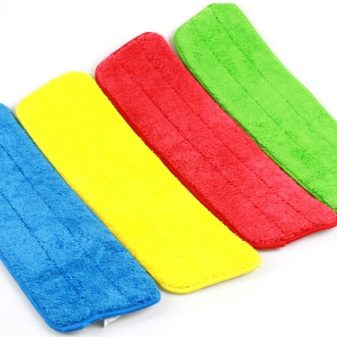

Mops designed for cleaning apartments and private houses differ in two basic characteristics - for dry or wet cleaning. As a rule, cleaning surfaces for "wet" cleaning provide a linen as well as a sponge base. They are used to treat floors in the shower room and in the kitchen in combination with household chemicals. Upon completion of cleaning, they can be easily washed with water and dried quickly.
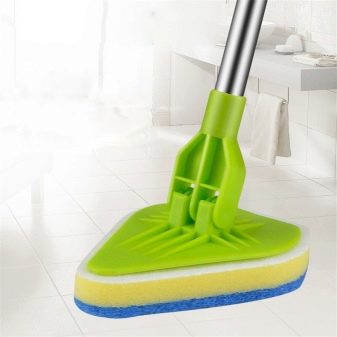
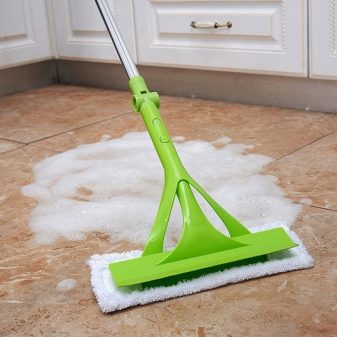
Dry mops are more commonly known as dust brushes. They have a large, flat head and are complemented by a swivel joint that allows them to easily penetrate even hard-to-reach areas. Particles of dirt from the mop are removed by shaking outside, in case of heavy contamination, you can rinse it in soapy water or wash it in a machine on gentle modes.
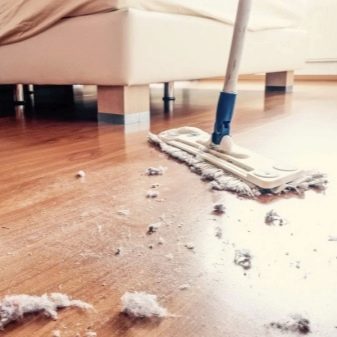
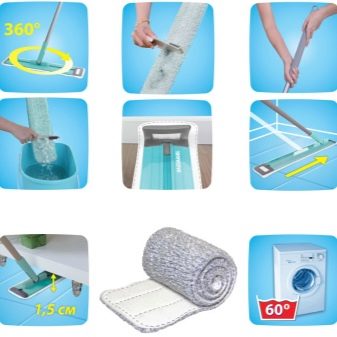
When choosing a mop, the basic rule applies - it must match the flounder exactly. Ideally, they should have the same manufacturer. If this is not possible, you should focus on the fastener option. These can be Kentucky variants or a clip-on holder for a rope accessory.
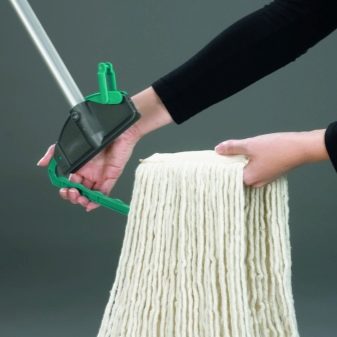
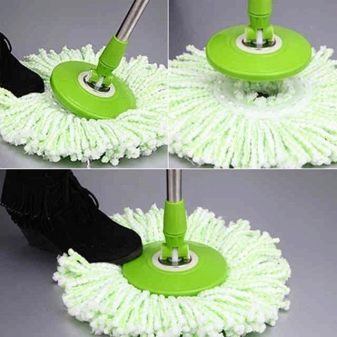
The flounder, equipped with latches at the edges, is used for products with pockets, in the middle there is usually a button-pedal. When you press it, the holder folds in half, and this allows you to lower the washing surface into a bucket, moisten it and wring it out in the same mode. These mops have straps that slide into latches and squeeze.
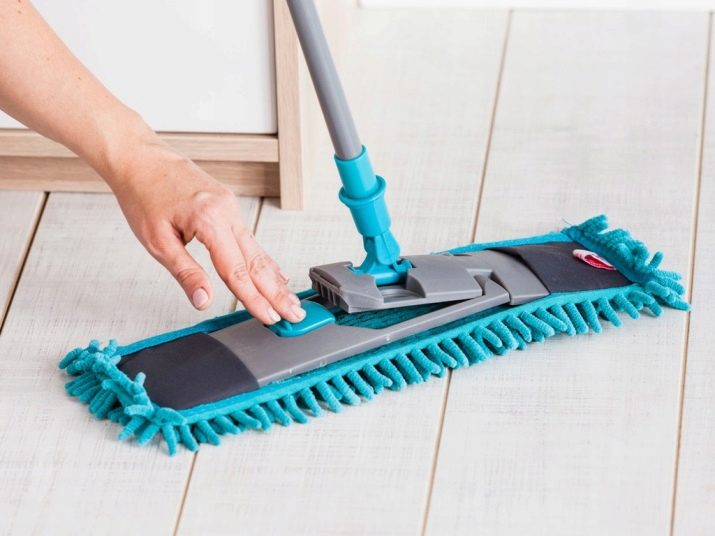
However, keep in mind that low quality mops sometimes have slippery rubber straps - they are poorly secured with snaps.
How to wash properly?
Typically, cleaning companies consistently use several types of mops to obtain a perfectly clean surface. At the first stage, dry inventory is used; it is made of fabric based on microfiber or yarn. It is designed to collect dry dirt, as well as dust and sand.
Next, a wet mop is used, it looks like a piece of microfiber cloth or a bundle of ropes formed from twisted yarn. Such equipment is indispensable for removing dirt and grease from hard-to-reach areas.
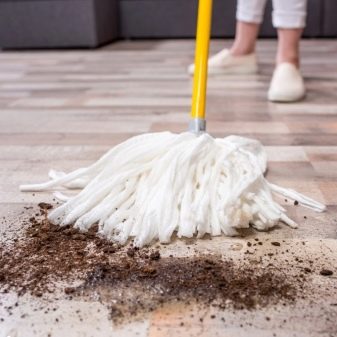
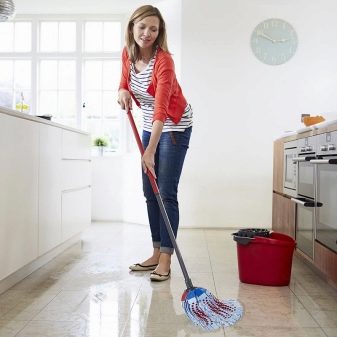
Next, a pre-wet brush is used. The microfiber cleaning surface is pre-wetted with water and a cleaning agent. Usually such surfaces are fastened with Velcro, due to this they can be quickly replaced.Using these mops allows you to remove all excess moisture from the surface.
The final cleaning is carried out with microfiber mops based on polyamide and polyester. They effectively collect and trap water and dirt discharged from the surface. This is a functional inventory, it retains its operational parameters up to 500 cleaning cycles.
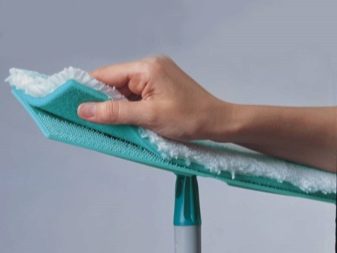
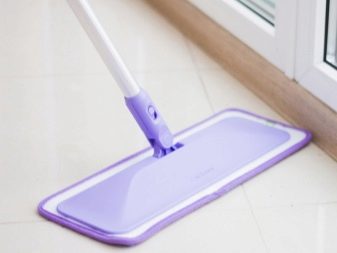
The review would be incomplete if we did not focus on the spray cleaning technique. This system involves the use of specialized cleaning equipment equipped with a water tank and a spray bottle. When you press the device, moisture from the container in a metered amount enters the mop and soaks it, after which you can start cleaning.
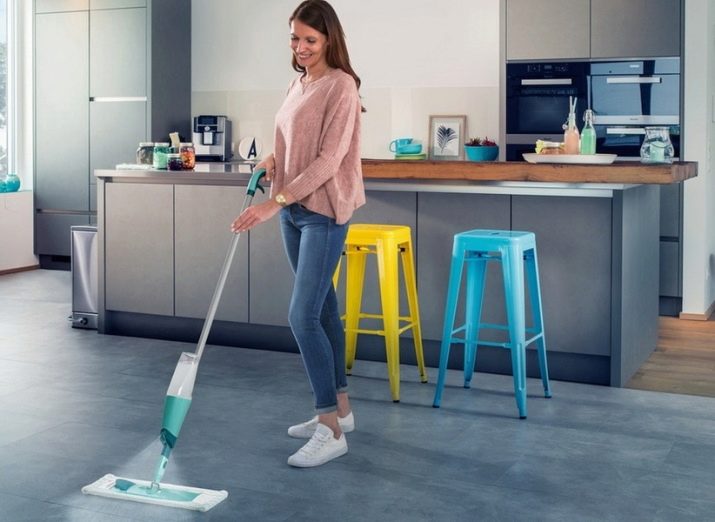
This technique is optimal for cleaning small rooms - restaurants and offices, as well as steps. The method is ideal for local cleaning. Household chemicals are sprayed in metered doses, thanks to which the consumption of household chemicals is significantly reduced.
In conclusion, we will give recommendations for storing mops.
- Squeeze models with a foam roller are stored in a bucket of water. This prevents the porous spongy material from drying out and crumbling. If the foam becomes solid, then it will need to be in water for a long time in order to fully regain its plasticity.
- Flat mops should be thoroughly rinsed and dried after use. If this is not done, the fibers will rot and decay very quickly.
- If the mop is left crumpled in a container without air access, it will acquire an unpleasant odor that will remain in the room after it has been cleaned.
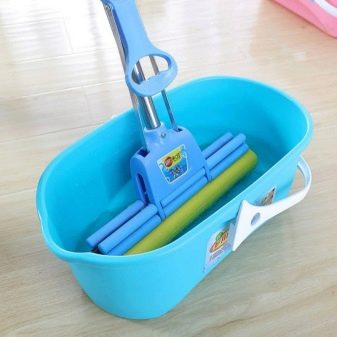
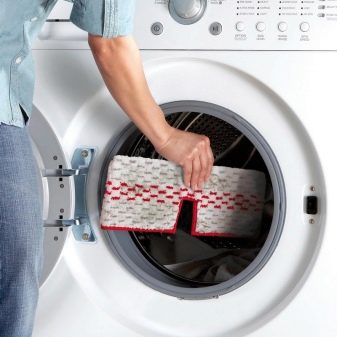
For information on how to choose a mop, see the next video.








